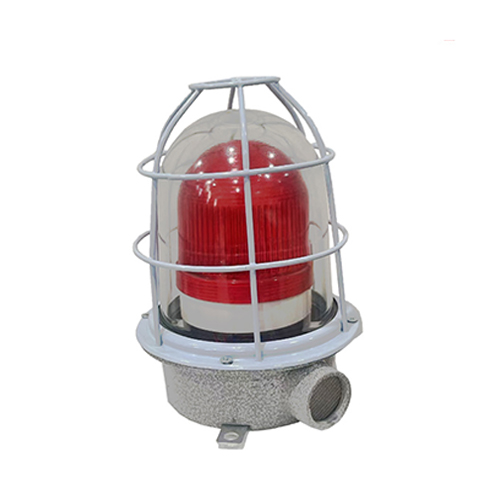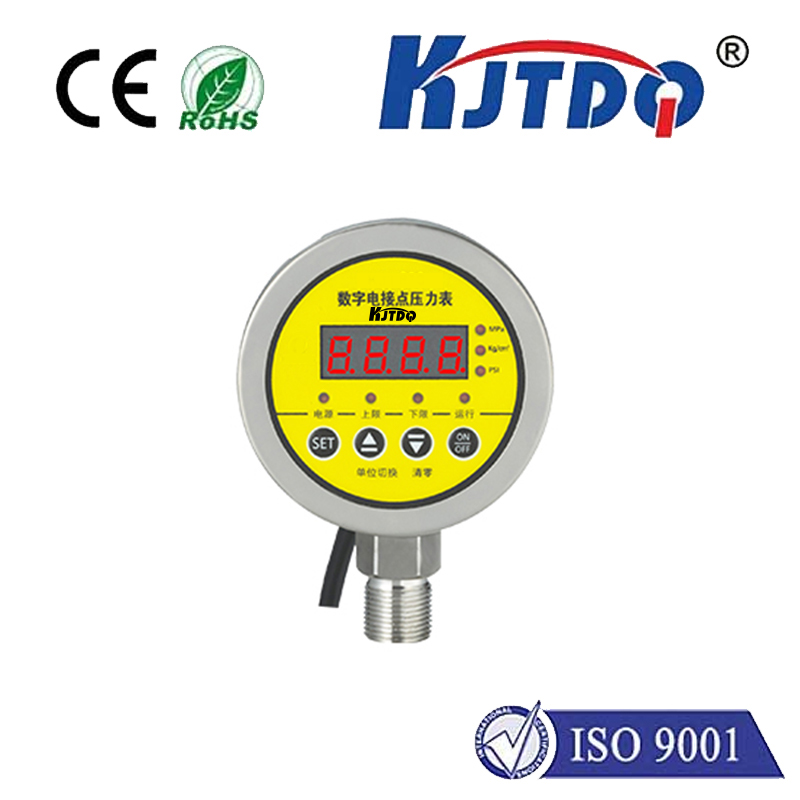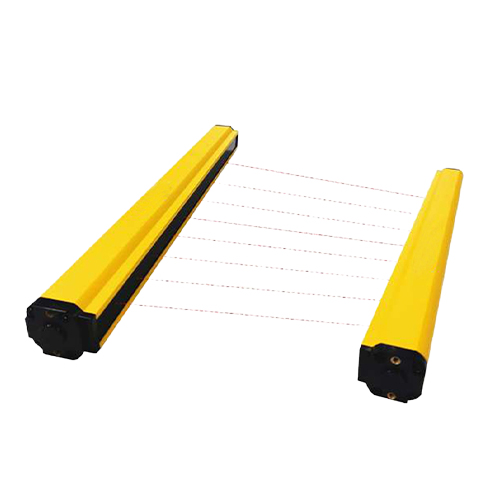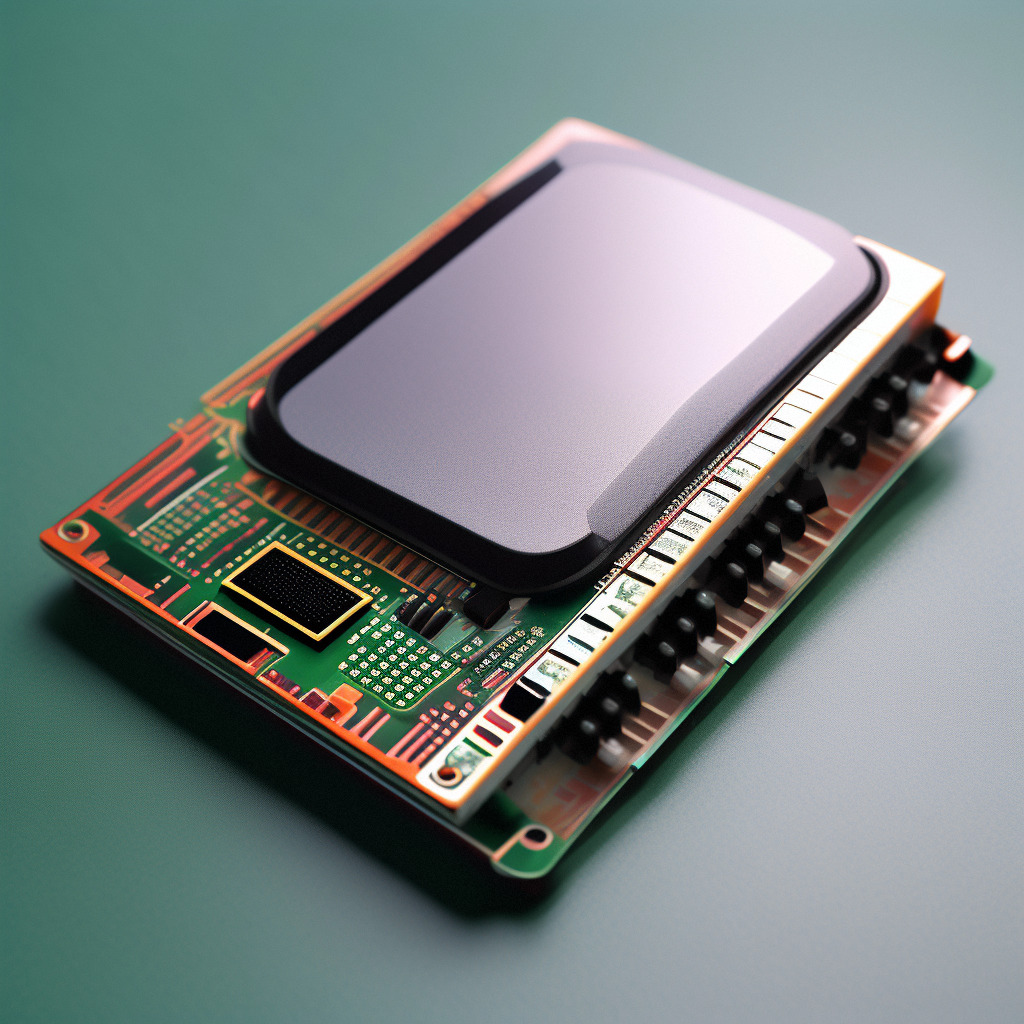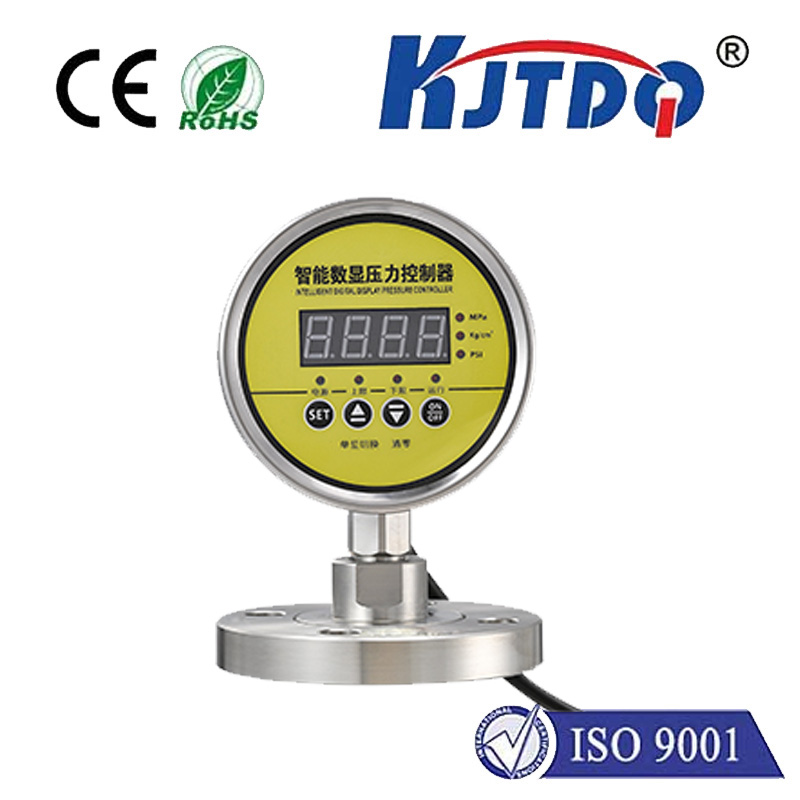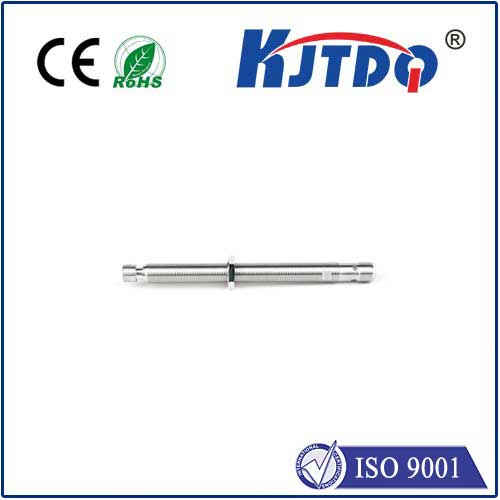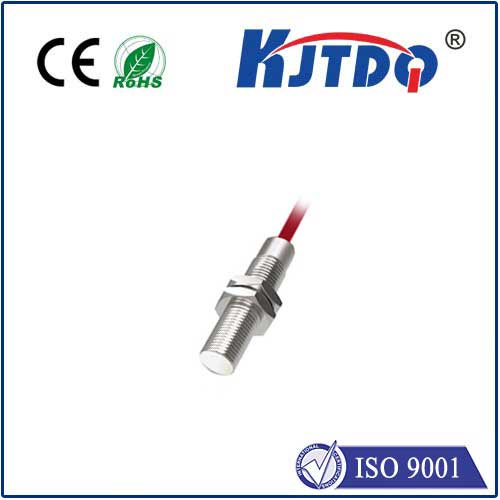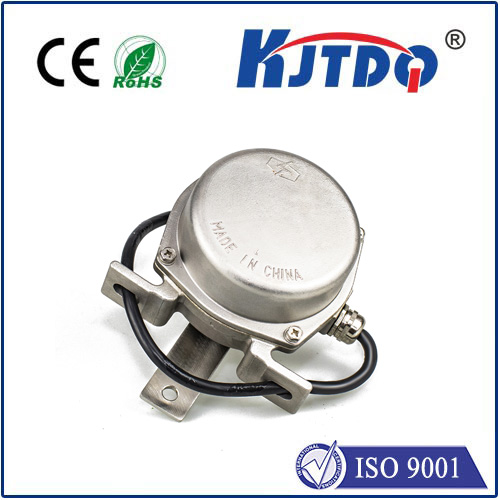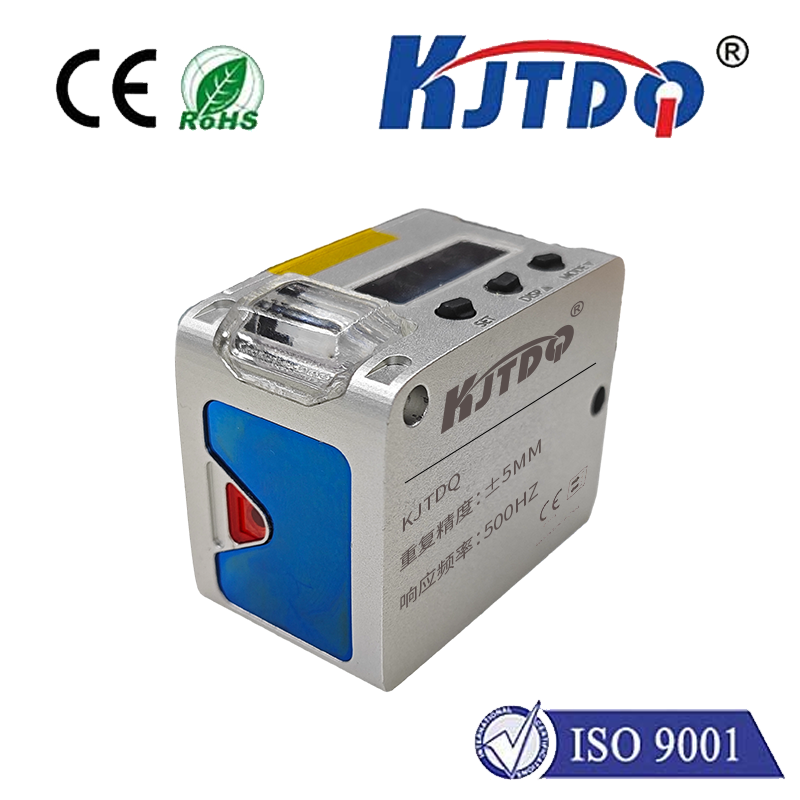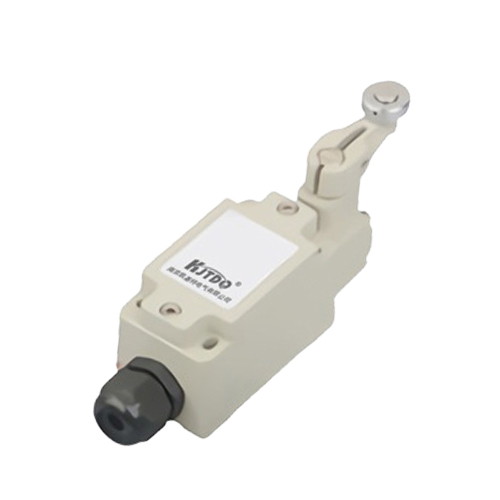

check

check

check

check

check

check

check

check

check

check
In today's fast-paced technological world, the use of inductive proximity sensors is becoming increasingly prevalent, particularly in various industries such as manufacturing, automotive, and healthcare. These sensors are designed to detect and measure the proximity of objects or individuals, providing accurate and reliable data. However, one of the critical factors that businesses consider before acquiring these sensors is their price. This article will discuss the current market prices of inductive proximity sensors and their features, helping you make informed decisions while selecting the right sensor for your application.
Introduction:
Inductive proximity sensors are a type of sensor that uses induction technology to detect the presence of an object or person. They work by generating a magnetic field and measuring the changes in it when an object passes through the field. The sensor then sends a signal indicating the object's proximity. These sensors have numerous applications, including security systems, inventory management, and robotics. With their advanced features and reliability, they have become a popular choice among businesses seeking to improve their operations.
Price Factors:
The price of inductive proximity sensors varies depending on several factors, including the quality of the sensor, its functionality, and the manufacturer. Some manufacturers offer high-end sensors with advanced features at a higher price point, while others offer basic sensors at a lower cost. Additionally, the global supply chain disruptions caused by the COVID-19 pandemic have impacted the availability of materials and resulted in an increase in production costs, affecting the prices of these sensors. To get an accurate price for inductive proximity sensors, it is essential to research and compare prices from multiple manufacturers and distributors.
Features and Benefits:
Inductive proximity sensors offer several features and benefits that make them stand out from other types of sensors. Some of these include:
1. Easy installation: Inductive proximity sensors are easy to install and require minimal maintenance compared to other types of sensors. They can be mounted on walls, floors, or ceilings without any special tools or equipment.
2. Wide range: Inductive proximity sensors can detect objects or people from a wide range, typically up to 30 meters (100 feet) away. This allows businesses to automate processes and improve efficiency in various applications.
3. High accuracy: Inductive proximity sensors provide highly accurate readings, ensuring that business operations run smoothly and efficiently. Their ability to detect even slight differences in distance makes them ideal for tasks such as inventory management and quality control.
4. Cost-effective: Despite their advanced features and accuracy, inductive proximity sensors are relatively affordable compared to other types of sensors. This makes them an attractive option for businesses looking to improve their operations without breaking the bank.
Conclusion:
In conclusion, the price of inductive proximity sensors varies depending on several factors, including quality, functionality, and manufacturer. However, with their wide range of features and benefits, these sensors offer businesses an affordable and efficient solution for improving their operations. It is crucial to research and compare prices from multiple manufacturers and distributors before making a purchase decision to ensure that you get the best value for your investment.
